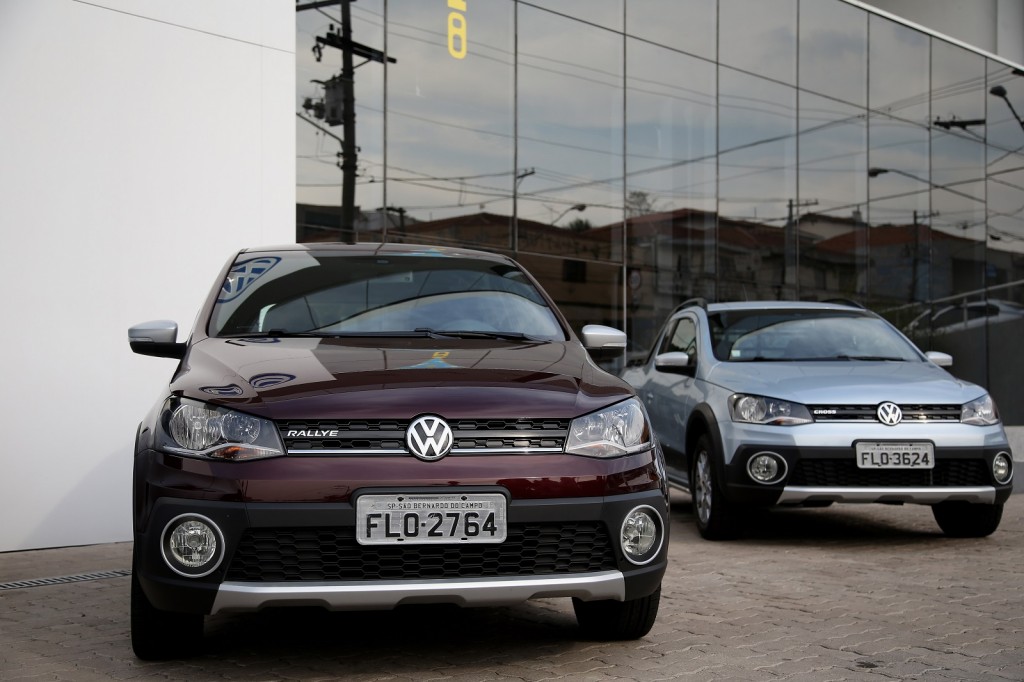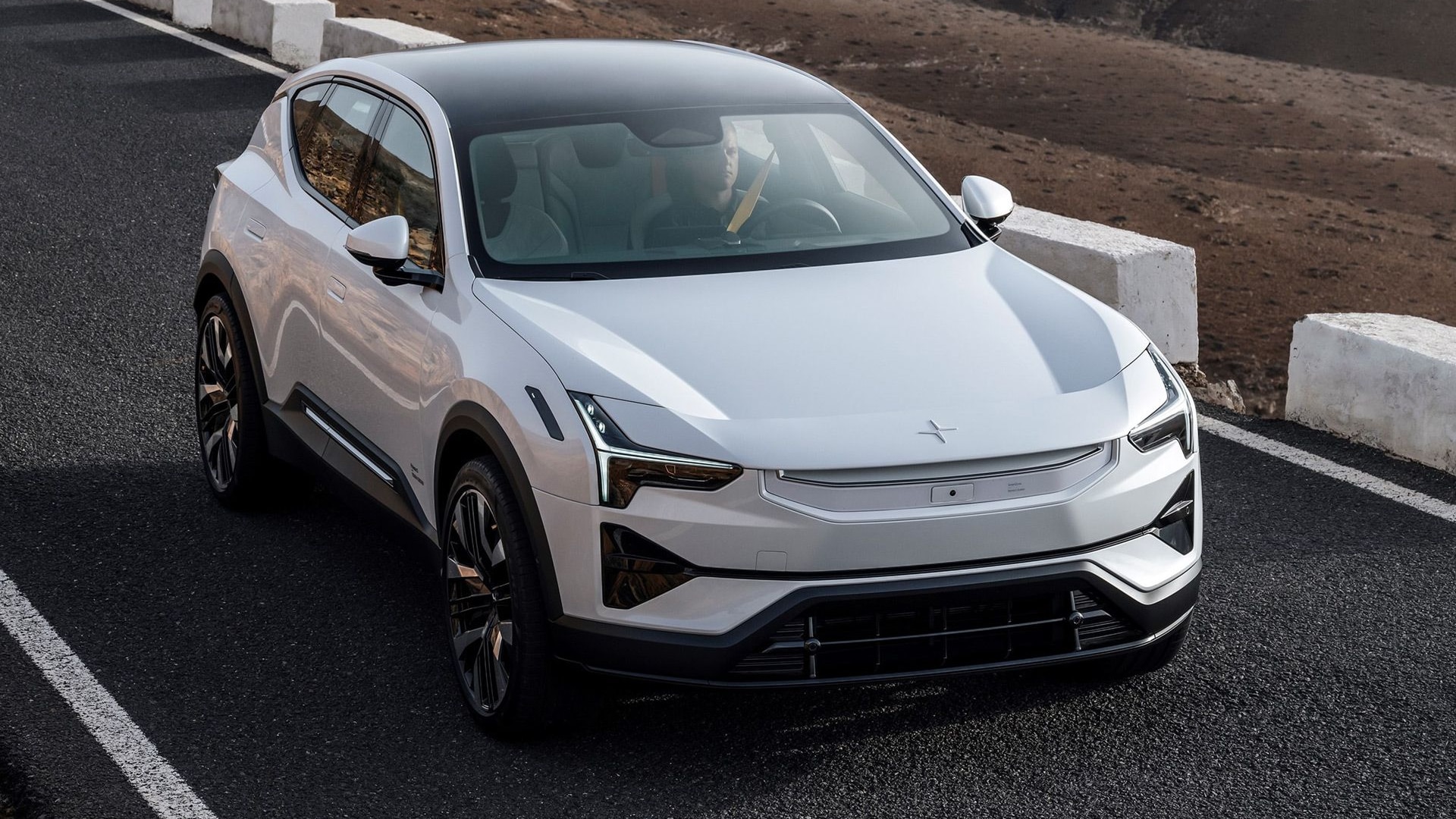You just don't hear the phrase "alternative fuels" as much as you did, say, 10 years ago.
With a couple of million plug-in electric cars now on the world's roads, the idea of swapping in one hydrocarbon fuel for another may have passed its time.
Admittedly biodiesel continues to make quiet inroads for diesel commercial vehicles.
DON'T MISS: When fueling stations shut down for your natural-gas car: one reader's experience
But neither E85 ethanol nor natural gas has gained significantly more headway than they had in 2010.
And as an article we published yesterday demonstrated, when an already-sparse public fueling infrastructure begins to contract, certain alternative-fuel vehicles simply become impractical.
Which is what led us the topic of our latest Twitter poll.
Which alternative fuels will survive long-term?
— Green Car Reports (@GreenCarReports) December 4, 2017
We picked three substances that could be considered alternative fuels—E85 ethanol, hydrogen, and natural gas—and asked our Twitter followers which of them would "survive long-term."
The first, ethanol, is now well established only in a single country, Brazil, after 30 years and at a cost of tens of billions of dollars. There, it is made from sugar-cane residue, with about twice the yield per acre of U.S. corn-based ethanol production.
So-called Flex-Fuel vehicles launched more than 10 years ago in the U.S., but today only about 3,000 locations in the U.S. offer the fuel, out of more than 100,000 gas stations overall.
READ THIS: Driving Entirely On Ethanol: Brazil’s Volkswagen Gol Flex-Fuel Vehicle (May 2014)
Hydrogen has been seen for 50 years as a promising alt-fuel, because it's an efficient energy carrier and can either be combusted in an engine or used to power an electric motor when used to feed a fuel cell.
Public hydrogen fueling stations in the U.S. today, however, remain concentrated in California, the only location where the Honda Clarity Fuel Cell and Toyota Mirai hydrogen-powered vehicles are now sold.
Today, 35 public hydrogen stations are up and running in that state, along with one in Connecticut, one in Massachusetts, and two in South Carolina.

Volkswagen Gol and Saveiro, Brazilian flex-fuel vehicles

Fuel filler of Volkswagen Gol, Brazilian flex-fuel vehicle

Heating element for engine fuel rail on Volkswagen Gol, Brazilian flex-fuel vehicle
The challenge with hydrogen is that today, about 90 percent of it is produced using a fossil fuel—natural gas—as a feedstock, and then adding prodigious quantities of energy.
Hydrogen advocates point to a future in which renewable energy is used to produce the fuel, although the same kilowatt-hour will always carry an electric car further when used to recharge its battery than it will a fuel-cell vehicle when used to derive its hydrogen fuel.
Finally, natural gas continues to be used by back-to-base commercial fleet vehicles, but it has not taken hold for privately owned passenger vehicles.
CHECK OUT: Electric cars win on energy efficiency vs hydrogen, gasoline, diesel: analysis
Today, 942 publicly accessible compressed natural gas fueling stations exist in the U.S.—against those more than 100,000 gasoline stations.
Given the major challenges for all three alternative fuels, we chose to add a fourth option to round out the survey choices: "None of them."
The station counts cited in this article, by the way, are taken from the U.S. Department of Energy Alternative Fuels Data Center.
As always, please note that our Twitter polls are far from scientifically valid, due to small sample size and self-selection by those who choose to participate.
_______________________________________













